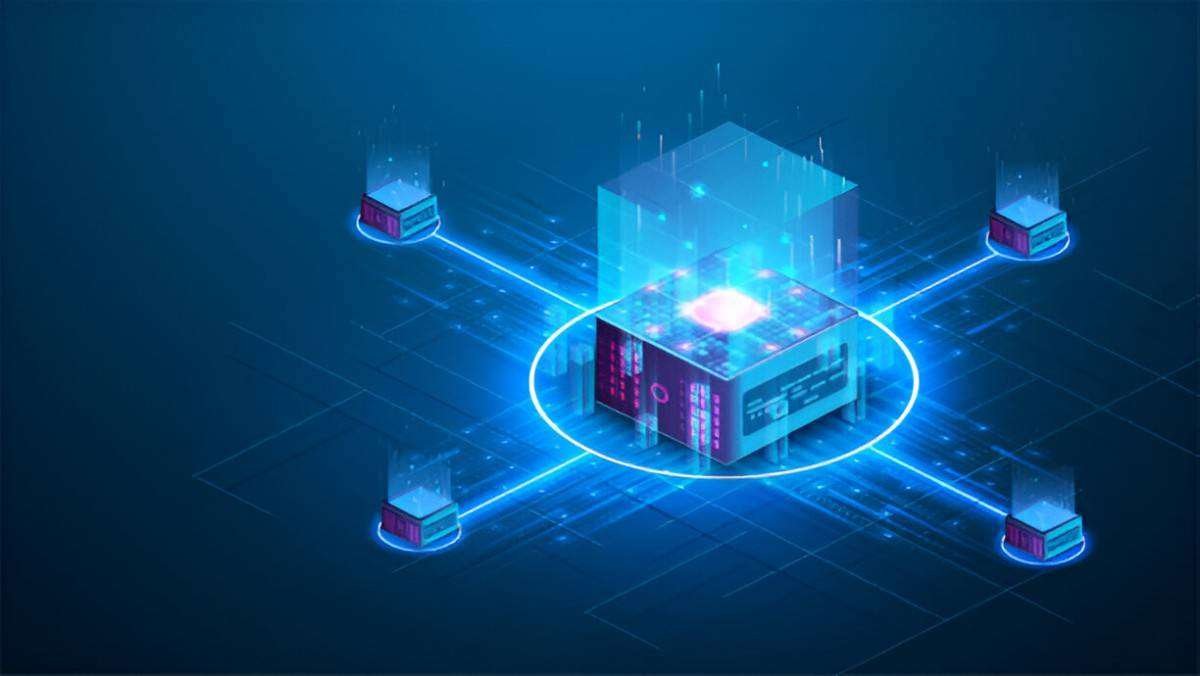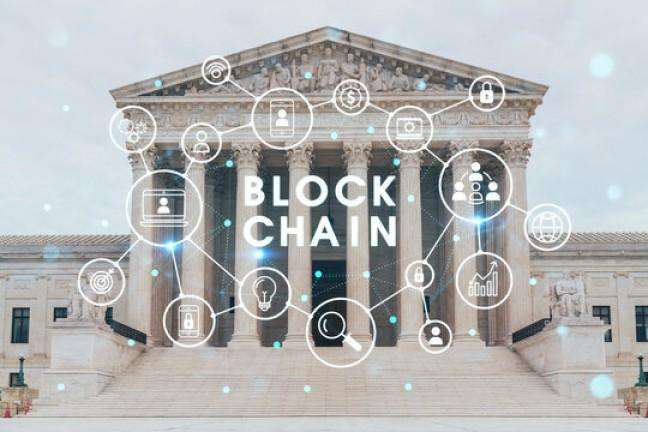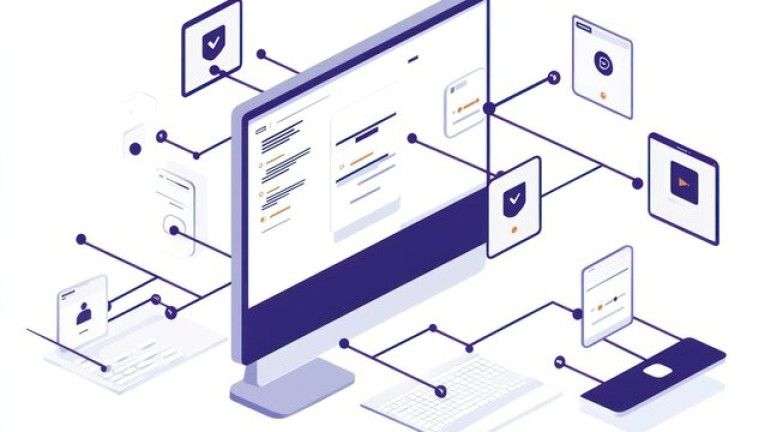In the ever-evolving tech landscape, two technologies have captured the imagination of innovators, businesses, and even regulators: Artificial Intelligence (AI) and Blockchain. Individually, both technologies have brought transformative changes across various sectors. However, their combined potential is an entirely different matter. The integration of AI and Blockchain presents a unique opportunity to create systems that are more secure, transparent, and efficient. As I delve deeper into how these two technologies can work together, I’ll explore their individual strengths, their challenges, and the exciting possibilities when they merge.
Table of Contents
Understanding AI and Blockchain Separately
Before we explore how AI and Blockchain can work together, it’s essential to understand the fundamentals of each technology.
Artificial Intelligence (AI): AI is the simulation of human intelligence in machines. It enables machines to learn from data, make decisions, and improve over time. With applications in almost every field, AI has become indispensable. From simple tasks like sorting emails to complex problem-solving in healthcare, AI is revolutionizing industries. The key components of AI include machine learning (ML), deep learning, natural language processing (NLP), and robotics.
Blockchain: Blockchain is a distributed ledger technology that records transactions across many computers. It’s best known for its role in supporting cryptocurrencies like Bitcoin, but its use cases extend far beyond digital currency. Blockchain ensures data integrity by creating a decentralized, tamper-proof record of transactions. It operates on consensus mechanisms like Proof of Work (PoW) or Proof of Stake (PoS) to verify transactions and protect against fraud. Blockchain is also transparent, which is why it’s gaining traction in areas such as supply chain management, healthcare, and voting systems.
The Synergy Between AI and Blockchain
AI and Blockchain may seem like separate technologies, but when combined, they create a powerful synergy. Each technology addresses challenges that the other cannot solve alone. For example, AI relies on large datasets to make predictions, but these datasets often lack trustworthiness and security. Blockchain can address these concerns by providing a decentralized, immutable, and transparent database. On the other hand, Blockchain requires computational power to validate transactions, and AI can help streamline this process with its advanced algorithms.
The integration of AI and Blockchain has the potential to revolutionize various industries, such as finance, supply chain, healthcare, and even government operations.
Use Cases of AI and Blockchain Integration
Several sectors stand to benefit from the integration of AI and Blockchain. Here are some notable use cases:
- Supply Chain Management
AI and Blockchain can combine to improve supply chain transparency and efficiency. Blockchain can track every step of a product’s journey, ensuring the data is tamper-proof, while AI can analyze this data to predict potential disruptions, optimize routes, and make real-time decisions to mitigate risks. By using AI algorithms, businesses can identify inefficiencies and potential fraud, while Blockchain ensures that the data driving these decisions is trustworthy. - Healthcare
In healthcare, AI can assist with diagnostics and personalized treatments. However, for AI to work effectively, it requires access to high-quality patient data. Blockchain can store this data securely, ensuring that it is easily accessible to AI systems while maintaining patient privacy and control. Blockchain can also track medical histories, prescriptions, and treatments across different healthcare providers, making the data easily accessible and transparent, which is critical in urgent medical situations. - Financial Services
Blockchain is already making waves in the financial sector by offering decentralized and secure ways to transfer money. With AI integrated into these systems, financial institutions can enhance fraud detection, credit scoring, and risk management. AI can analyze transaction patterns, flag suspicious activities, and predict market trends, while Blockchain ensures the transactions are secure and transparent. - Voting Systems
Blockchain is an ideal technology for secure voting systems because it ensures transparency, security, and immutability of the data. However, Blockchain alone can’t analyze or make sense of voting patterns. AI can help by analyzing voting data to identify trends, ensure proper representation, and even detect fraudulent activities such as vote manipulation.
Challenges of Integrating AI and Blockchain
While the integration of AI and Blockchain holds immense potential, it is not without its challenges. Some of the key obstacles include:
- Data Privacy and Security
One of the most significant concerns with both AI and Blockchain is data privacy. AI requires vast amounts of data to function effectively, but collecting and storing this data can be a privacy nightmare. Blockchain can offer a solution by ensuring data privacy through encryption and secure storage. However, integrating AI with Blockchain to ensure that the data remains secure while being useful for decision-making is a complex task. - Scalability
Blockchain, particularly in its current form, faces scalability challenges. As more transactions are processed on a Blockchain network, the time and computational power required to validate and record those transactions increase. Integrating AI can help optimize the blockchain, but scaling this technology to handle a large number of transactions and complex computations can be challenging. - Complexity
The integration of AI and Blockchain involves two sophisticated technologies that require specialized knowledge. Developers, engineers, and data scientists need to be well-versed in both AI algorithms and Blockchain protocols, making the development process more complex and time-consuming. Additionally, integrating these technologies into existing systems requires significant adjustments, both from a technical and operational perspective.
The Road Ahead: Future Prospects
Despite these challenges, the future of AI and Blockchain integration looks promising. As both technologies continue to evolve, new solutions to existing problems will emerge. For example, AI-powered algorithms may be able to optimize Blockchain networks to make them more scalable, while Blockchain can provide the transparency and trust that AI systems often lack. We may see a future where these technologies complement each other in ways we haven’t yet fully realized.
Examples with Calculations
Let’s consider an example from the finance industry. Imagine a bank uses AI to analyze transaction patterns and identify fraudulent activities. The AI system flags a potentially fraudulent transaction, but the bank needs to verify the transaction. By using Blockchain, the transaction’s history can be securely verified and audited. Here’s a simplified example:
- AI’s role: The AI system processes data from millions of transactions, identifying a pattern that suggests fraud. It flags a particular transaction for further review.
- Blockchain’s role: The flagged transaction is recorded on a Blockchain network, allowing any party (such as auditors or other institutions) to verify the details of the transaction securely. Blockchain’s immutability ensures that the transaction history cannot be altered.
Now, let’s calculate the efficiency improvement:
- Without AI and Blockchain: Manual transaction audits take, on average, 1 hour per transaction. If the bank processes 1,000 transactions per day, this results in 1,000 hours spent on audits.
- With AI and Blockchain: AI can flag transactions in real-time, reducing the need for manual checks. Blockchain allows for quick verification of flagged transactions, cutting the audit time down to 15 minutes per transaction. Now, for 1,000 transactions, the total time spent is only 250 hours.
This calculation shows a significant reduction in time spent on audits and potential fraud detection. As a result, operational costs are reduced, and the overall process becomes more efficient.
Conclusion
The integration of AI and Blockchain presents a unique opportunity to solve some of the most pressing challenges in various industries. Whether it’s enhancing security in financial transactions, improving transparency in supply chains, or providing better healthcare solutions, the possibilities are vast. However, challenges related to scalability, data privacy, and system complexity need to be addressed before these technologies can reach their full potential. As AI and Blockchain continue to mature, I believe the synergy between them will unlock even more innovative solutions, marking the beginning of a new technological revolution.





